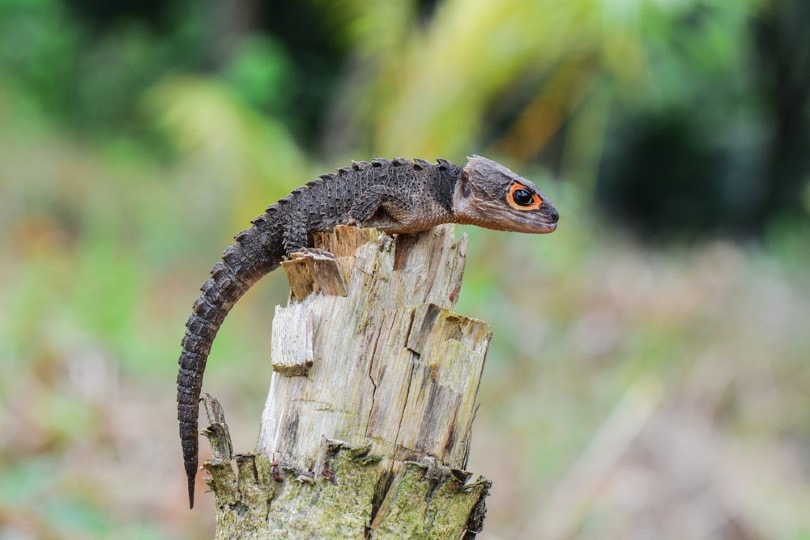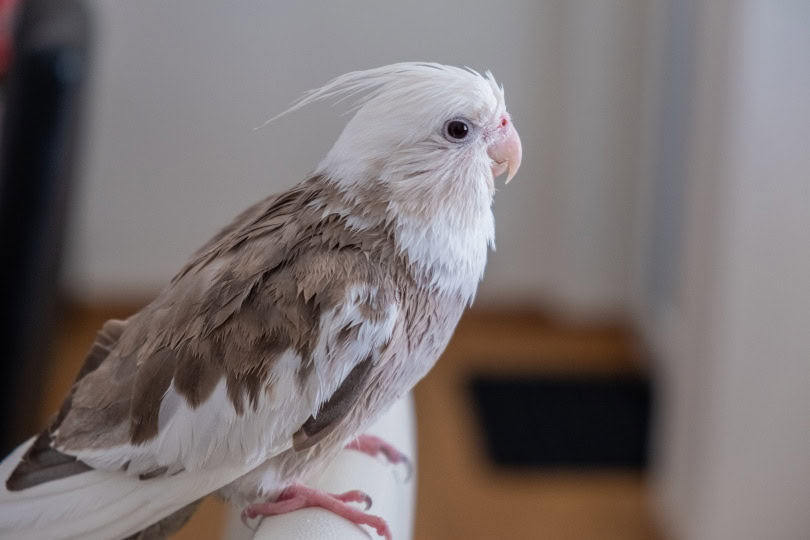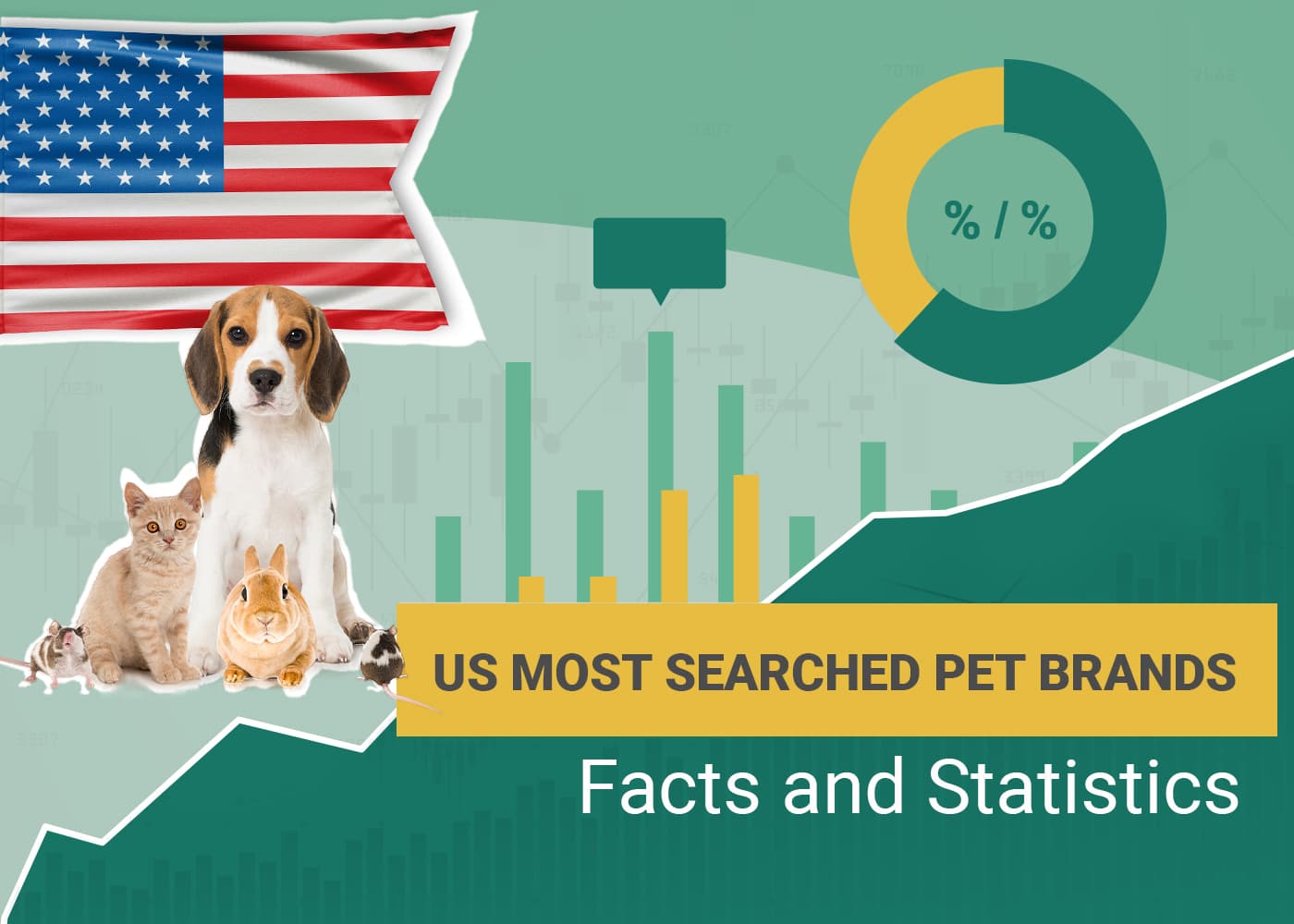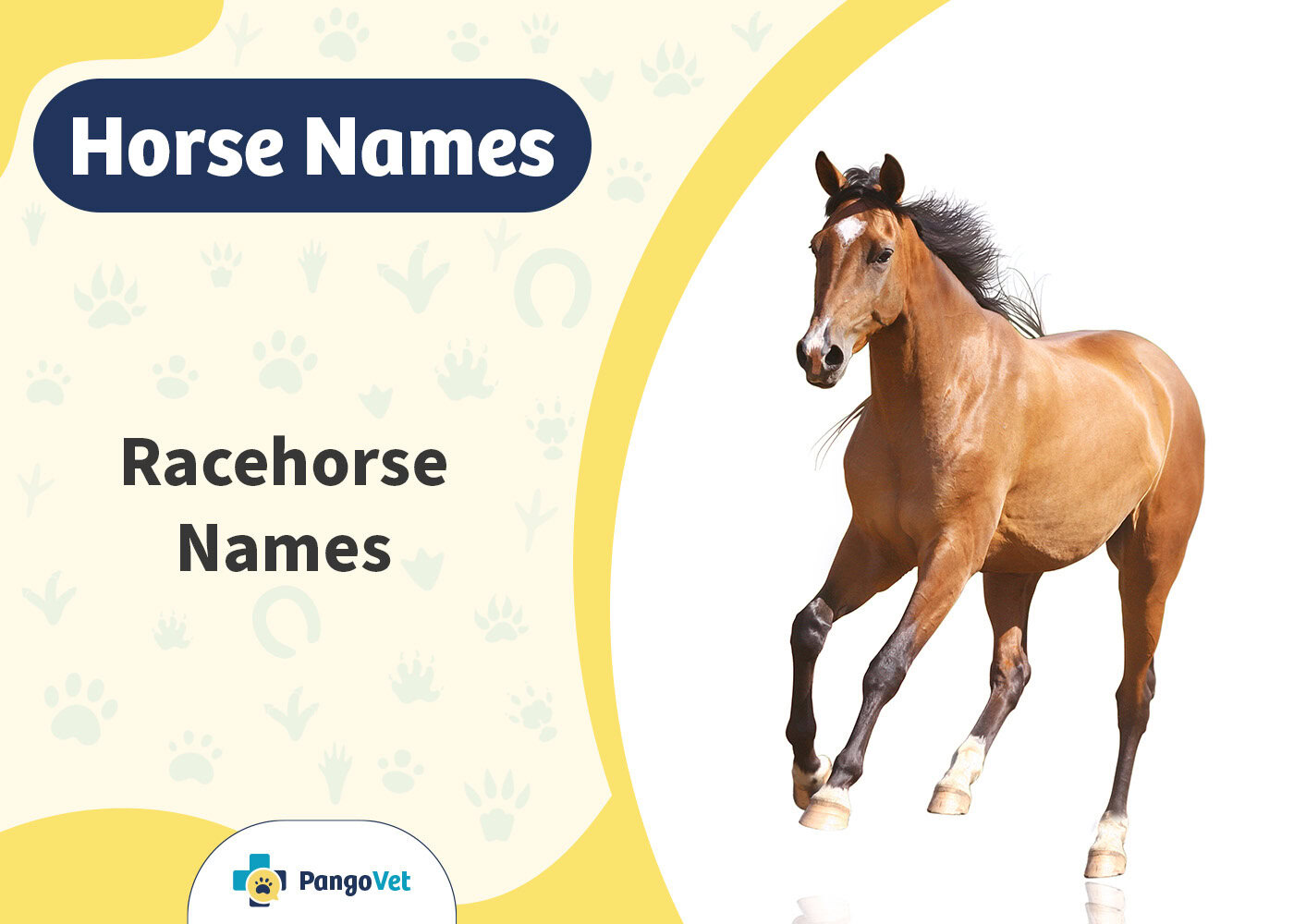Click to Skip Ahead
PangoVet.com advocates adopting before shopping. We understand that there are many reasons for seeking a breeder, though, so we encourage it to be done the right way. Learn more.
Red-eyed crocodile skinks are shy lizards that are native to Papua New Guinea and the Solomon Islands. In captivity, they do best in glass terrariums with controlled temperatures and humidity levels. Although they are crepuscular in the wild, domestic skinks often come out during the day. They don’t like to be handled but make a stunning addition to display terrariums, as they can live happily with frogs, geckos, and other small lizards with similar habitat requirements.

Red-Eyed Crocodile Skink Breeders in the USA
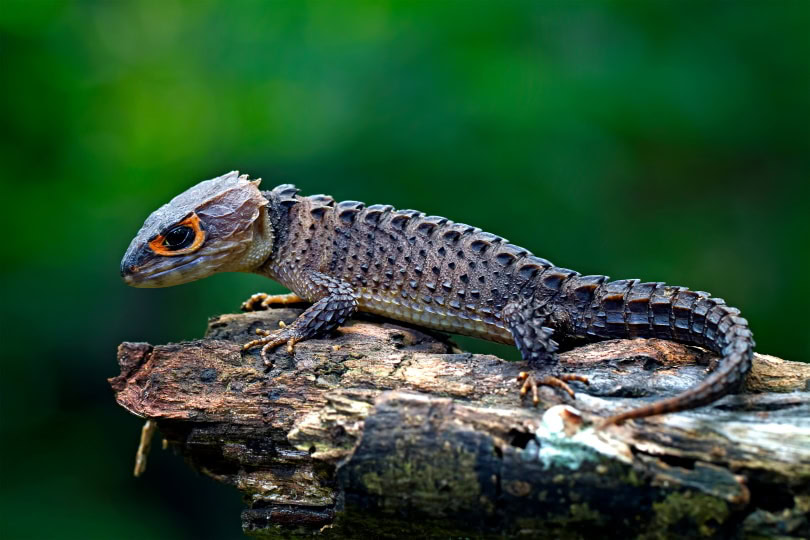
It’s important to take the time to find a reputable red-eyed crocodile skink breeder. They can help guide you through how to care for your skink and any special needs they have.
To get you started, we rounded up a list of a few red-eyed crocodile skink breeders.
Red-Eyed Crocodile Skink Breeders Near Me

MorphMarket provides a comprehensive list of breeders throughout the U.S.A., with locations in multiple states.

Breedir.org provides a comprehensive list of breeders located throughout North America, with locations all across the USA.
Red-Eyed Crocodile Skink Breeders That Ship

Check out Snakes at Sunset to have your red-eyed crocodile skink shipped directly to your door.
Red-Eyed Crocodile Skink Rescue
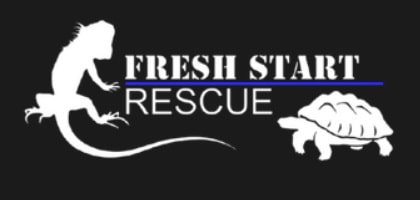
Fresh Start Rescue offers a number of adoptable reptiles, including red-eyed crocodile skinks.

How Much Does a Red-Eyed Crocodile Skink Cost?
Red-eyed crocodile skinks range in price from $130 to $280, depending on the breeder. While they are becoming increasingly popular, little is known about them, as they have only been part of the domestic reptile trade since the 1990s.
While some countries, like New Guinea, don’t allow these skinks to be exported, many other countries do. There is mixed legal protection for these animals depending on which country they originate from. Due to this, there is great potential for illegal pet trading to occur with red-eyed crocodile skinks. A significant number of reptiles sold in the United States are wild-caught and not captive-bred.
Things to Ask a Red-Eyed Crocodile Skink Breeder
Red-eyed crocodile skinks are vulnerable to being part of illegal pet trading, so the first question you should ask your breeder of choice is where the skink is obtained from. If the skink you are about to buy is wild-caught, it’s important to know where it was caught from, its country of origin, and how the skink was imported into the United States. Reputable breeders should only sell red-eyed crocodile skinks that are imported legally or that are captive-bred within the country.
Make sure the skink you are purchasing is healthy. Skinks without tails are at risk of bacterial infections during the regrowth process. Looking at the tank conditions of your potential pet can give you a good idea of whether the lizard will be healthy. Tanks that are not cleaned thoroughly or frequently enough put red-eyed crocodile skinks at risk of developing bacterial infections.
Things to Look For When Purchasing a Red-Eyed Crocodile Skink:
- Examine it for external parasites, wounds, or deformities.
- Look for clear, shiny, and alert eyes, as dull eyes are a sign of dehydration or illness.
- Assess the animal’s overall demeanor; it should be alert or try to escape when being held
Specific Questions for Breeders:
- Where did the skink originate?
- How long were they (or were they) quarantined upon arrival to the U.S.?
- Was a fecal sample tested, or were they examined by a vet? (Fecal samples and exams will tell you if the skink has parasitic worms or other harmful microorganisms.)

Top 5 Things to Know Before Buying a Red-Eyed Crocodile Skink
1. It loses its tail when it becomes scared.
When red-eyed crocodile skinks are startled, they roll over and play dead. They also drop their tails as an additional protection measure. Most often, this occurs from too much handling from owners.
2. It lives a long time.
Red-eyed crocodile skinks live an average of 10 to 12 years in captivity.
3. It needs calcium supplementation.
As with many other species of lizards, a red-eyed crocodile skink is prone to calcium deficiencies when kept in captivity. To remain healthy, its food should be dusted with a calcium supplement every 2 days.
Skinks that do not receive enough calcium or vitamin D3 in their diet are at high risk of developing metabolic bone disease, which can be fatal.
4. It’s crepuscular.
Red-eyed crocodile skinks are crepuscular in the wild, which means they are most active at dusk. In order to create a natural cycle for it, make sure your skink receives 12 hours of “daylight” and 12 hours of darkness within its terrarium.
5. It should not be kept in pairs.
While a red-eyed crocodile skink makes a great addition to terrariums with frogs, geckos, and other lizard species, it should be the only one of its kind in the tank. These skinks can become aggressive when two or more are kept together and are difficult to breed in captivity for this reason.

Conclusion
Red-eyed crocodile skinks make beautiful additions to display terrariums. They don’t like to be handled but can live happily with many other species. Hopefully, this breeder list will help you to find a reputable skink breeder from which to obtain your reptile. Since red-eyed crocodile skinks are prone to becoming part of illegal pet trading, it’s important to do your homework and know where your skink originated.
Featured Image Credit: DWI YULIANTO, Shutterstock
